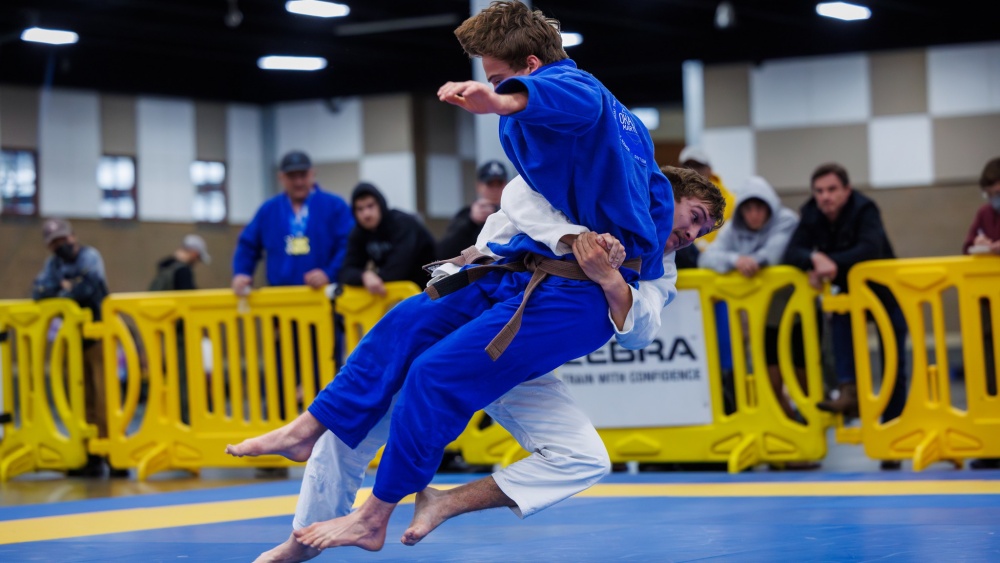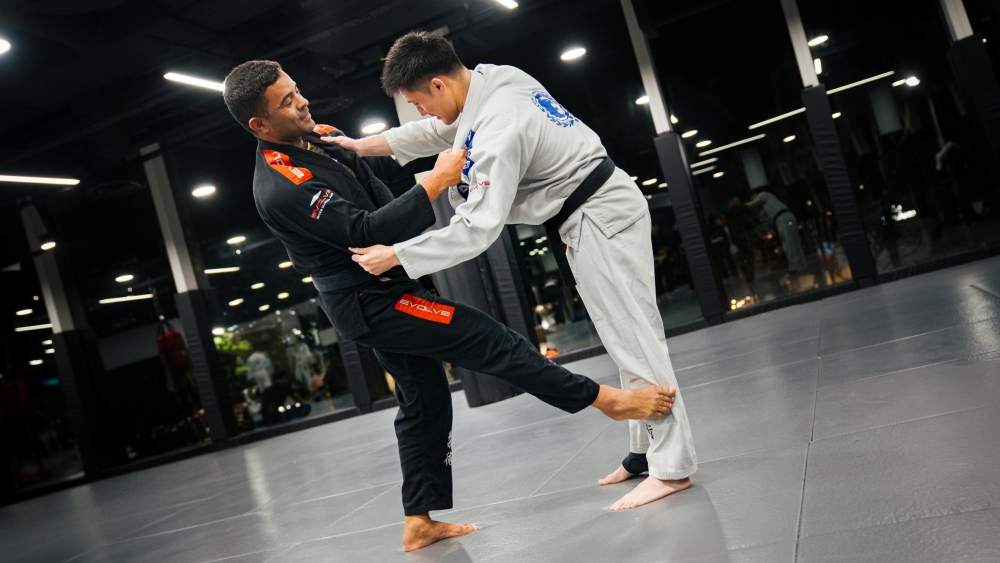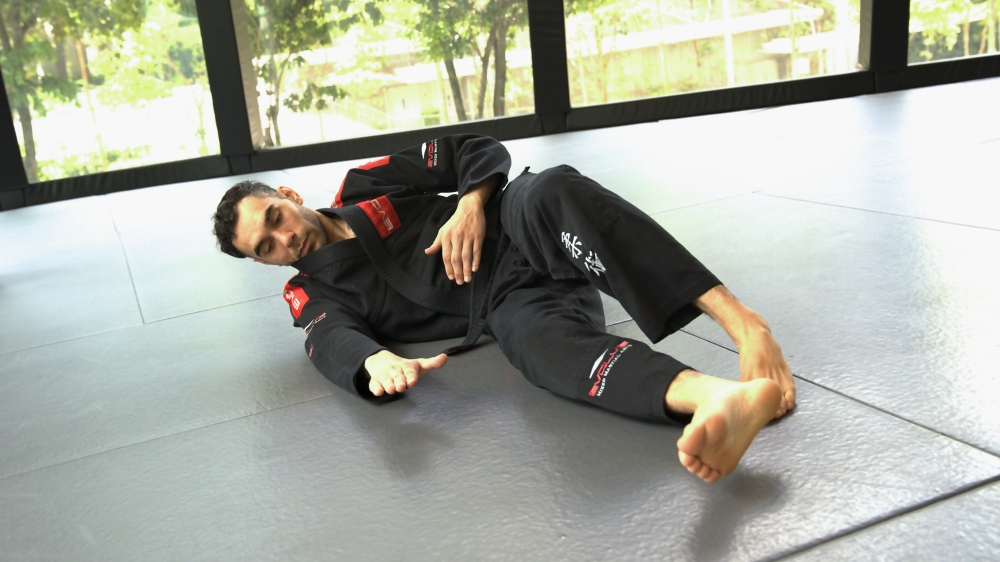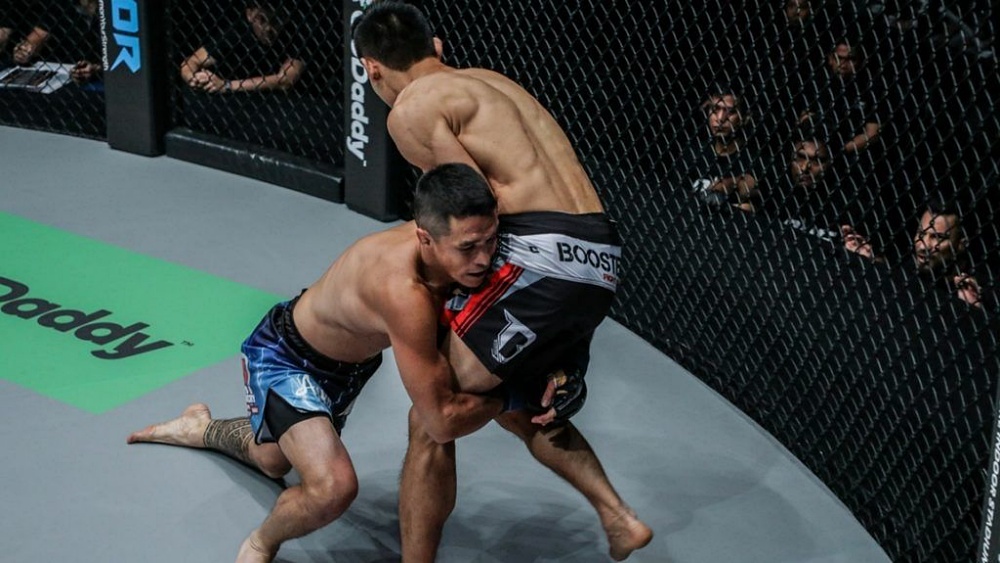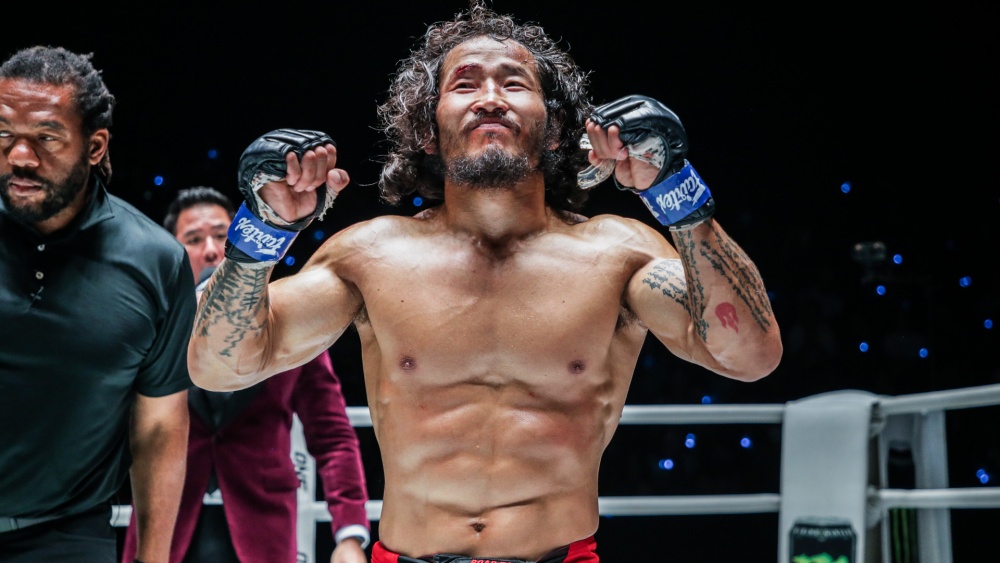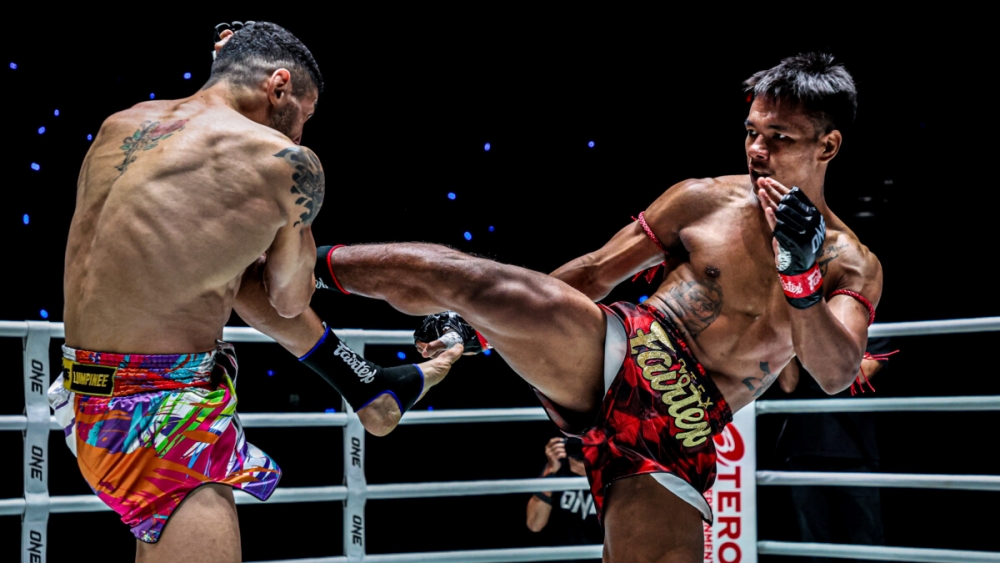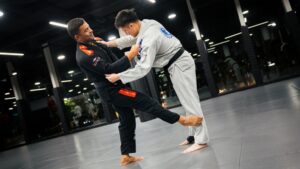In the ever-evolving world of grappling like Brazilian Jiu-Jitsu and Submission Grappling, control techniques are important for dominance and success on the mats. Understanding how to become a good grappler involves getting acquainted with the various concepts and theories developed by the world’s top coaches. We have discussed some of them in the past, such as the concept of inside position. Another essential concept that needs to be known by many is the concept of diagonal control. This article dives into this concept. Today, we will explore the definition, implications, and practical applications of diagonal control.
Understanding Diagonal Control
Diagonal control in grappling refers to a method where a practitioner controls an opponent by applying force or securing grips diagonally across the opponent’s body. This form of control creates asymmetry, limiting the opponent’s ability to move, counterattack, or escape. It involves strategically placing your hooks to one side while controlling the wrist or shoulder on the opposite side. This is used to manipulate and dominate the opponent’s upper and lower body simultaneously but from opposite sides.
The Significance Of Diagonal Control
The essence of diagonal control lies in its ability to disrupt balance and leverage. By controlling two opposite ends of the body, the grappler can establish surprising control, thus allowing the attacker to anticipate where to go next in the exchange. This method is crucial because it simplifies the defensive responses of the opponent, which in turn makes it easier for the attacker to go for the finish. Additionally, since the opponent is fully controlled without using both arms and legs, the attacker has the ability to do more in these situations.
Practical Applications
In BJJ, diagonal control is often seen in positions like the turtle or back control. For instance, a common application is controlling the opponent while you are on top turtle by using a hook on one side and wrist control on the diagonal side. This setup not only stabilizes the position but also opens opportunities for submissions or further positional advancements.
By placing this type of control over the opponent, you are able to prevent unnecessary escapes, and at the same time limit scramble opportunities for your opponent.
Benefits Of Diagonal Control
Diagonal control offers several benefits that enhance a grappler’s effectiveness on the mat. By applying pressure and control diagonally, grapplers can maintain a more stable position while minimizing their own exposure to counterattacks, which is crucial during competitive matches as maintaining control often leads to point advantages or successful submission attempts. Also, diagonal control frequently creates significant openings for submissions; by diagonally controlling parts of the opponent’s body, it can expose limbs or the neck, allowing the practitioner to apply armbars, chokes, or leg locks. The control also limits the opponent’s defenses against such attacks, thus increasing the success rate of submission attempts.
Additionally, effective use of diagonal control aids in smoother transitions between positions, allowing grapplers to move from less dominant to more dominant positions by creating openings and exploiting the unbalanced state of their opponents. This fluidity is essential for maintaining constant pressure and control during a match, making diagonal control a pivotal technique in the arsenal of any serious grappler.
Implementing Diagonal Control
To effectively implement diagonal control, grapplers should concentrate on several technical aspects that are crucial for maximizing the technique’s effectiveness. Proper grip placement is essential, whether using gi or no-gi techniques, as the placement of hands and hooks must be precise to maximize control and minimize the opponent’s ability to disrupt it. Additionally, the practitioner’s body must be aligned in such a way that maximizes pressure and leverage while maintaining balance; this often involves angling the hips and shoulders to apply force more effectively while staying grounded and stable.
Understanding when to apply diagonal control is as important as how it’s applied. Grapplers need to anticipate their opponent’s movements and position themselves to capitalize on moments of vulnerability, and timing these transitions with precision can significantly enhance the effectiveness of diagonal control, making it a dynamic and formidable component of their grappling strategy.
Drilling And Importance Of Repetition
To truly master diagonal control in grappling, it is essential to engage in specific and consistent training that emphasizes the importance of repetition. Regular drilling of specific diagonal control scenarios helps to engrain the necessary movements and strategies into muscle memory, allowing grapplers to execute these techniques instinctively during competitive or sparring sessions. These practice sessions should be comprehensive, covering a wide array of transitions, submissions, and defensive maneuvers that involve diagonal control.
Drilling should focus on the application of diagonal control across different grappling situations to develop a versatile skill set. For instance, practitioners should work on applying diagonal control from various entries and transitions. Each drill should simulate realistic combat scenarios to help understand how to apply diagonal control effectively against resisting opponents.
The repetition of these drills plays a crucial role in refining the techniques to ensure precision and efficiency. By repeatedly practicing these techniques, grapplers can identify subtle nuances in their execution that could make the difference between success and failure in actual matches. Repetition also aids in building endurance and strength, qualities that are essential for maintaining control and applying force effectively throughout a grappling match.
Conclusion
Diagonal control is a powerful concept in grappling that provides strategic advantages in control, stability, and offensive options. If you are new to the concept of diagonal, we encourage you to watch the students of John Danaher, particularly Gordon Ryan, Garry Tonon, and Giancarlo Bodoni. These top-level competitors are masters of back control and the ideas we discussed today are evident in their games.
Through diligent practice and a deep understanding of the mechanics behind diagonal control, you can enhance your grappling skills and achieve greater success in the training room and competition.
You may also like:
The Role Of Strength And Conditioning In BJJ: Do You Really Need To Lift Weights?


